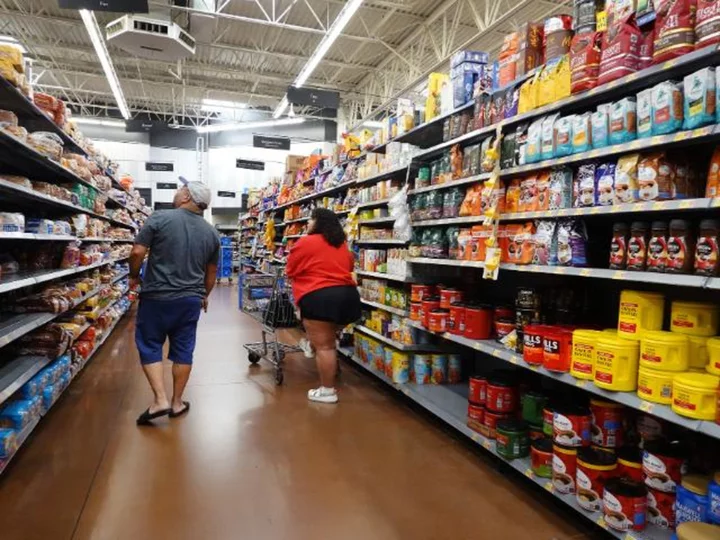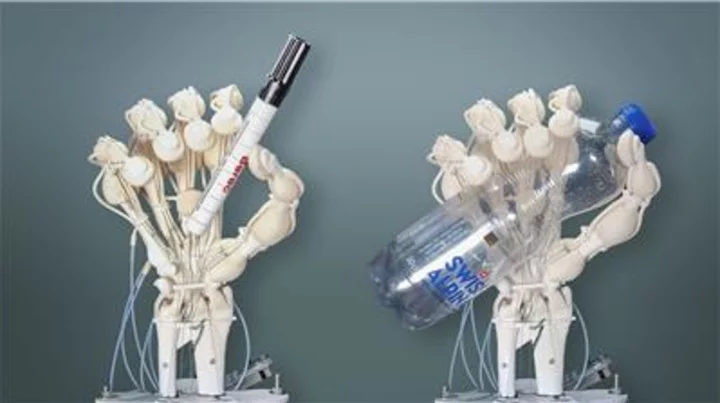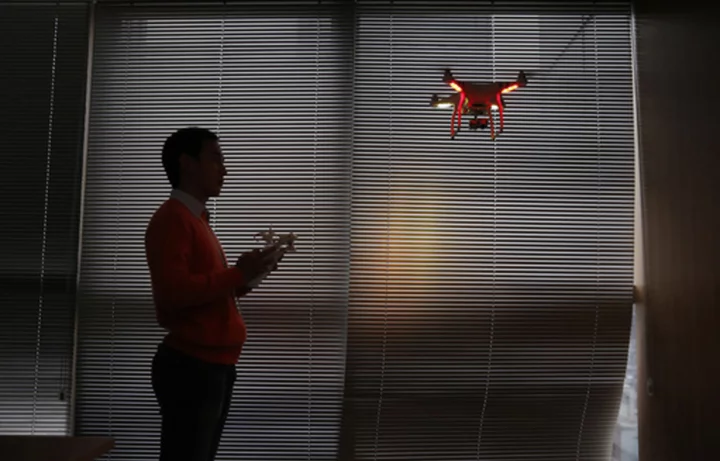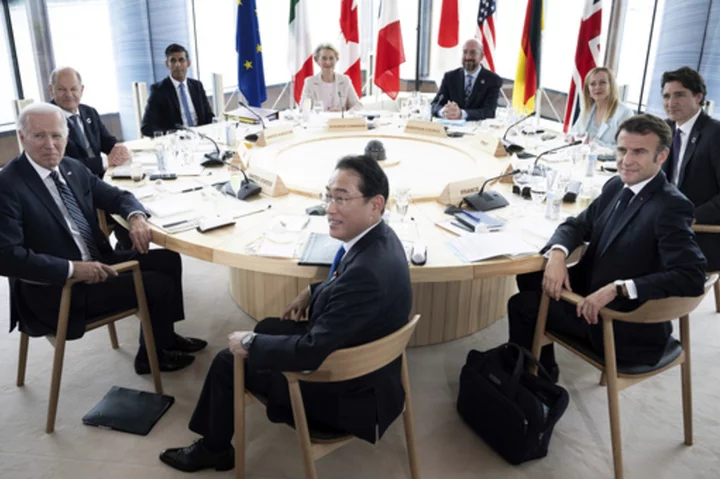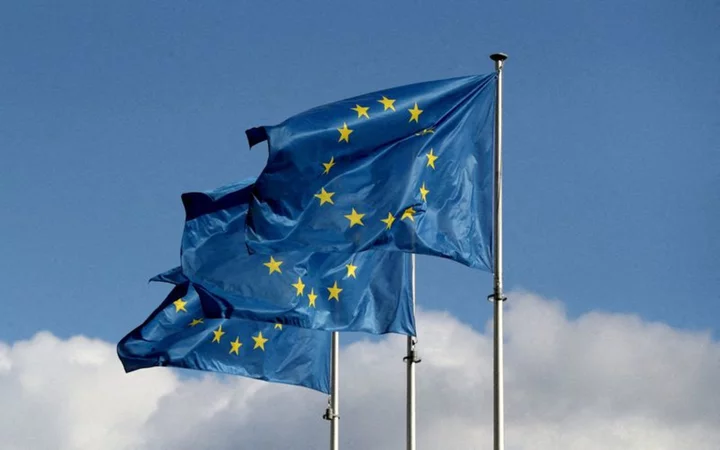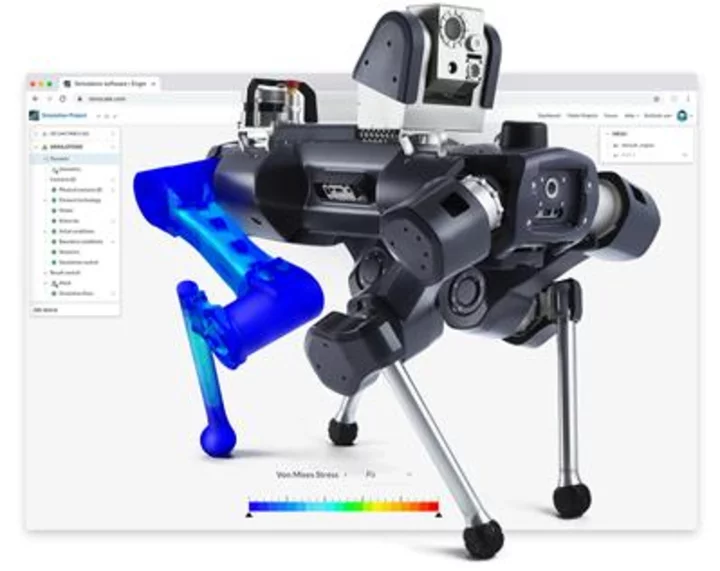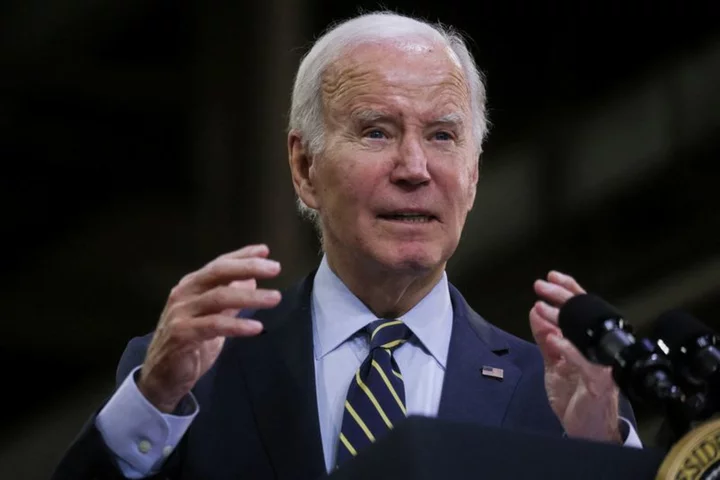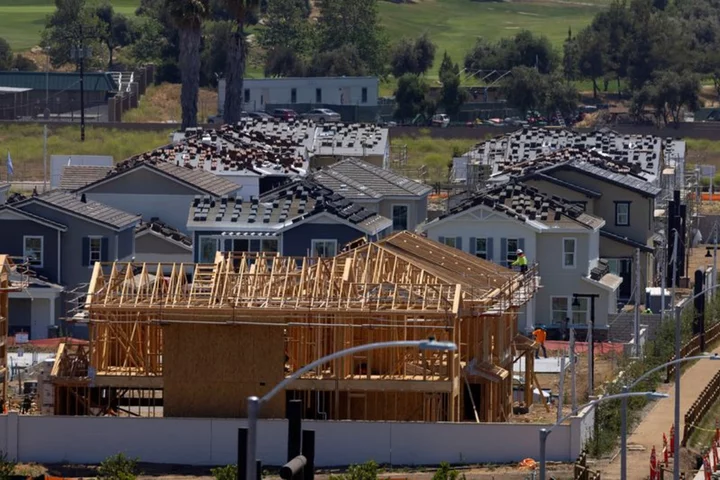Economists added yet another term to their lexicon in recent months: immaculate disinflation.
While there's no official definition of immaculate disinflation, the phrase is being used to describe a scenario where inflation cools without causing a spike in unemployment.
Historically, that's been difficult — if not impossible — to pull off because of a well-studied phenomenon known as the sacrifice ratio. The theory behind the ratio equation is that every reduction in inflation inflicts a certain degree of pain on an economy. That pain tends to come in the form of a higher unemployment rate, which hampers economic growth.
In the United States, inflation cooled from a peak of 9.1% in June 2022 to 3.2% in July of this year, according to the latest Consumer Price Index. Yet the nation's unemployment rate actually fell from 3.6% in June 2022 to 3.5% in July 2023. The current rate is 3.8%.
That's leading some economists to believe that immaculate disinflation may be possible.
But Fed officials aren't likely to celebrate until they see inflation hit the central bank's 2% target and stay there for a sustained period. Getting there without a significant spike in unemployment would be close to a miracle in the eyes of Fed Chair Jerome Powell.
In a speech last month, Powell said reaching 2% will "require a period of below-trend economic growth." In June, he also said "the key" to getting inflation down is to have "continuing loosening in labor market conditions," a euphemism for more unemployment.
Even President Joe Biden's top economic adviser, Jared Bernstein, expressed skepticism about the term.
"I wouldn't call this disinflation immaculate," he said in a CNBC interview at last month's Jackson Hole Fed conference. "There's a good question as to what's around the corner at the last mile," he added.
Bernstein and his fellow White House economists also said in an August blog post the disinflation we're experiencing cannot be immaculate if "what drove inflation up in the first place was disruptions to the economy's supply side."
Rather, it is "the unsnarling of formerly snarled supply chains" that is bringing inflation down, they said.
Cleveland Fed President Loretta Mester recently said she did not expect the labor market to be so strong in the face of much higher interest rates, but acknowledged that much of this has to do with unusual circumstances that resulted from the pandemic. For instance, stimulus checks led to unprecedented spending that doesn't typically occur when the economy is in a recession. In response to the increased demand, employers had to hire a lot more workers, in some cases beyond their pre-pandemic staffing levels.
"So we shouldn't be that surprised that perhaps some of these typical relationships are not necessarily being borne at this time," Mester said in a CNBC interview at Jackson Hole last month.
Like Powell, she is not banking on immaculate disinflation, saying it's not yet clear how the full effects of the Fed's cumulative rate hikes will play out. Mester is currently serving as an alternate member through the end of the year. She will be voting on interest rate decisions at meetings next year.

